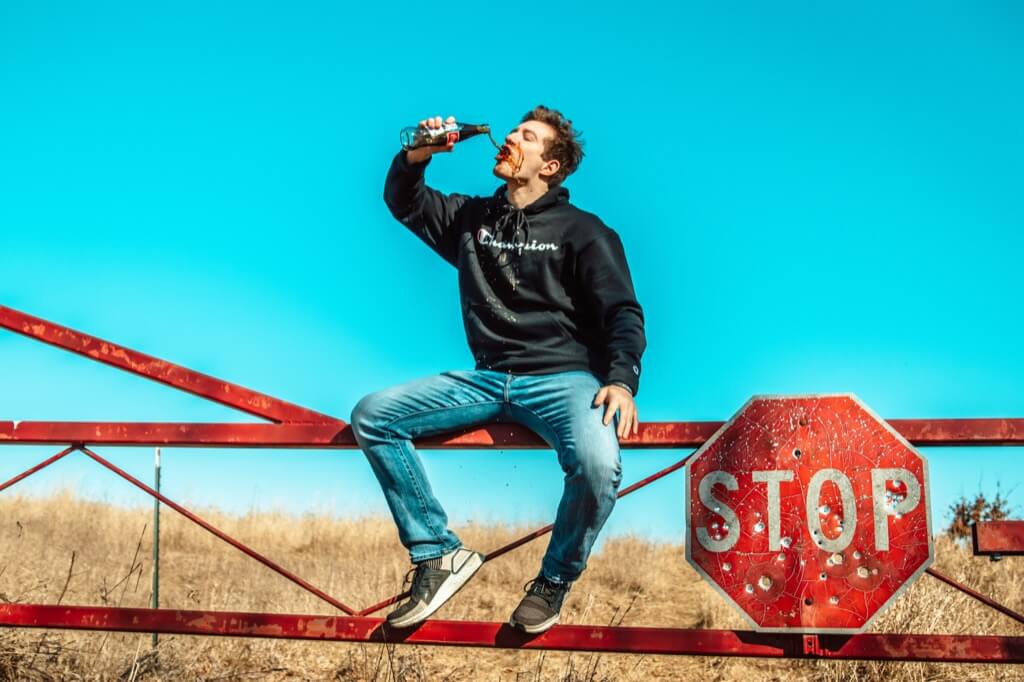Exercise and other outdoor pursuits are becoming more difficult as a result of global warming. Our ability to withstand a rise in core body temperature is, in fact, quite limited. A mere three-degree Celsius increase in core temperature can be fatal, even for young, healthy adults.
Being physically active in hot weather can cause a dangerous increase in core temperature, but there are strategies to keep this from happening. A variety of pre-cooling techniques are useful. Drinking something cold (or, much better, an ice slurry or slushie) before you work out is the most practical option. The greatest protection, though, is “training” your body to be more heat-tolerant.
Athletes who compete for long periods should pay special attention to the heat training plan. Incorporating even a small heat acclimating routine before competing in hot conditions generally improves performance and reduces the likelihood of heat-related injuries requiring medical treatment. Even non-athletes, particularly those working outside, may want to think about heat training now that our climate is warming.
Heat acclimatization training is commonly utilized by endurance athletes, but it was created for those who worked in deep gold mines in the 1940s and were subjected to temperatures over 50 C and humidity close to 100 percent.
What is the Benefit of Heat Acclimation?
More and more studies are looking into the advantages of heat acclimation. The advantages of heat therapy appear to go beyond just making people more heat tolerant; they also have a positive effect on cardiovascular health in general. On the other hand, the main advantages of increased heat tolerance are rather straightforward:
- Heat acclimation leads to a reduction in Resting Body Temperature, allowing for a greater margin to increase core temperature during physically demanding activities or in hot environments, thereby improving performance and safety.
- Adaptation to heat improves the body’s sweating response, allowing for more efficient cooling. This increased sweating rate maximizes evaporative heat loss, helping to manage and reduce spikes in core temperature during heat exposure.
- Acclimatization to heat results in increased plasma volume – the liquid part of the blood. This enhanced plasma volume facilitates better sweating and reduces cardiovascular strain caused by elevated core temperatures, thereby improving endurance and physical performance in hot conditions.
- A more favorable impression of thermal comfort is one of the other three considerations. Although there are additional subtle advantages to increased heat tolerance, such as salt conservation, and metabolic, and anti-inflammatory effects, the aforementioned three are the most crucial.
- Heat acclimation also helps in better salt conservation in the body. This is crucial for maintaining electrolyte balance, which is essential for various bodily functions, especially during prolonged exposure to heat and during physical activities.
- There are metabolic advantages associated with heat acclimation. These include enhanced metabolic efficiency and possibly improved fat burning, which can be beneficial for overall metabolic health and weight management.
- Exposure to heat can activate heat shock proteins and other physiological responses that have anti-inflammatory effects. This can be beneficial for recovery processes, reducing the risk of heat-related illnesses, and may also contribute to improved immune function.
How to Acclimate to High Temperatures
There is a subtle distinction between heat acclimation and heat acclimatization: Natural, long-term heat acclimatization is called heat acclimation, but “artificial,” shorter-term, intentional heat acclimatization is called heat acclimation. While both varieties improve heat tolerance, they are distinct in important ways.
Those who are continually in hot and humid conditions can and will acclimatize to some degree. Natural heat acclimation is uncommon for people who live in humid continental climates (which includes the majority of the population north of the 40th parallel) or who regularly seek out air conditioning during the summer. A little effort is required. How much heat adaptation occurs is proportional to how often, how intense, and for how long heat is exposed.
The optimal heat acclimatization protocol calls for a core temperature that is at least one to two degrees Celsius higher than the ambient temperature for at least 60 minutes, five days in a row, or two weeks with a few days off in between. The most significant changes, however, happen in the first few days; after two weeks, there is a ceiling effect, and only tiny benefits continue.
The advantages of heat acclimatization, which include increased heat tolerance, do not, alas, persist indefinitely. After three weeks with no heat exposure, about 75% of the benefits will have worn off, although they are mostly retained for about a week after the last heat exposure. Achieving a “steady state” of heat acclimation is as simple as exposing yourself to heat at least three times a week, and re-acclimatization is usually less of a hassle.
Acclimatization to Home Heat
Even if you don’t have a way to measure your core temperature, such as a thermistor or a heat chamber, you can still acclimate to heat. Just a bathtub will do. According to a new study, a simple three-day regimen of 40-degree water immersion followed by 40 minutes of moderate-intensity exercise at room temperature is all it takes to achieve partial but considerable heat acclimatization.
Importantly, you should exercise vigorously enough to get your core temperature above the sweating threshold, and then jump right into the tub to cool down. The authors of the study stated that a practical and economical way to help animals adjust to hotter environments without increasing their training load, using an environmental chamber, or moving to a hotter climate is to take a hot bath that is submerged to the neck for up to 40 minutes after regular training in cool conditions.
Prevention measures against high temperatures should still take precedence, particularly for the elderly and those with preexisting medical illnesses like diabetes and heart disease, who are at a higher risk of heat-related harm.
But it’s becoming more and more obvious that those who work or are active outdoors will inevitably be exposed to heat. The greatest way to protect yourself from heat-related harm is to follow a heat acclimatization program in addition to the more common heat-mitigating measures, such as avoiding direct sunlight and staying hydrated.




